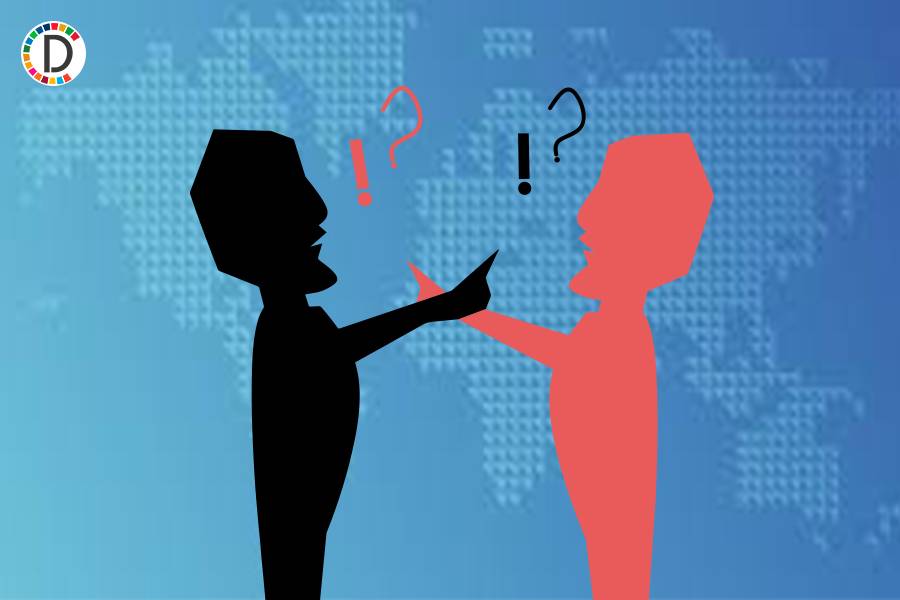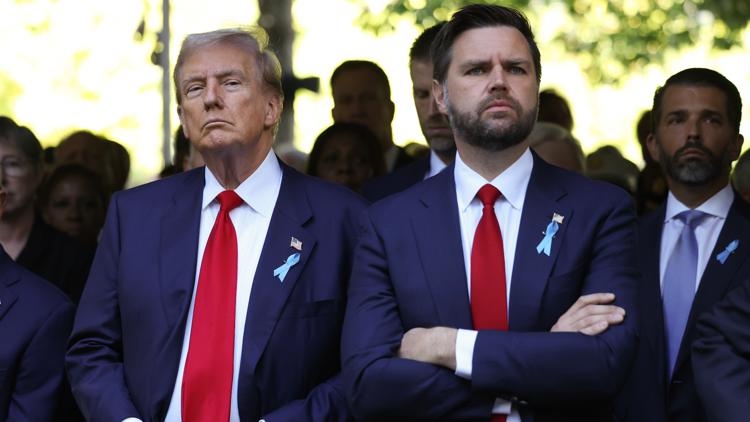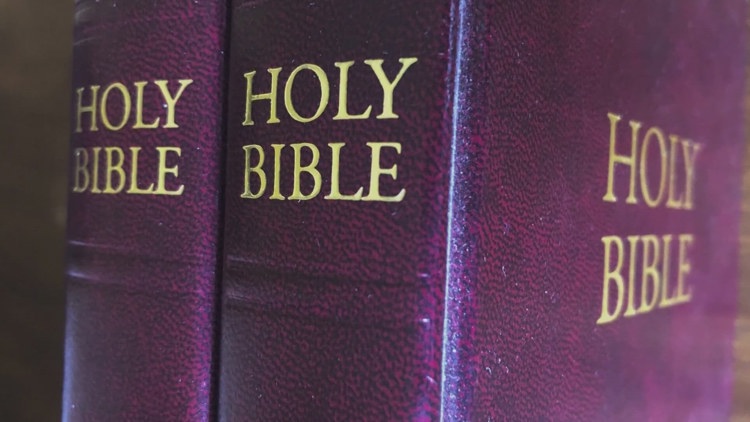
Hatred, like any human emotion, is complex and nuanced, mysterious and ever-present as a possible solution to social, cultural and emotional conditions. Now that the election is over, I asked myself: what is it that hatred wants, even demands of us? Recently I came across a talk given by Vaclav Havel, President of the Czech Republic from 1989-92. He died in 2011.
He was known for being a playwright, memoirist, politician and influential leader on the world stage. In 1990, he gave a talk at The Oslo Conference on “The Anatomy of Hate.” I found many of his insights relevant for our national identity today.
Calling on his own life and the people who hated him, he discovered that “their hatred always seems to me the expression of a large and unquenchable longing, a permanently unfulfilled and unfulfillable desire,. .” What I found surprising is Havel’s comparison of hatred with love, for both emotions include a “self-transcending aspect” as well as “a fixation on others, the dependence on them, and in fact, the delegation of a piece of one’s own identity to them.
” But the differences between hatred and love are even more striking. In his reflections on those who hated him, he found that many of them “harbor a permanently ineradicable feeling of injury ..
. that is, of course, out of all proportion to reality.” We know that love too can be excessive, distorted or diminished.
Literature from many cultures and historical periods are full of forms of love that fit one or more of these categories: Shakespeare’s Othello, King Lear, and McBeth. We can trace these complex relations between love and hate in Dante’s medieval poem, The Divine Comedy. The souls in Inferno all suffered from love in distorted forms, beyond all measure.
Havel also investigates another quality of hatred: in it “there is a great egocentrism and great self-love. ..
. Hating people feel that they are the victims of an insidious evil, an omnipresent injustice that has to be eliminated to give justice its due.” Feelings and beliefs enter more forcefully as attributes that may sideswipe a more shared sense of reality; but can hatred, as an independent state of mind, offer another version of the world? It seems so.
Finally, there is also communal hatred, or hatred in numbers. Havel sees this more encompassing form of hatred thriving because of its simplicity. One may join such a hate group by choosing not to think too deeply about the object of their hatred: ethnicity, race, color, or, in the parlance of today, the “otherness” of others.
The thinking says they are not like me, so hating them is a form of communal superiority which continually reinforces hatred’s power. Of course, there is another option: to accept and treat with understanding and compassion that very otherness as another expression of how our own otherness is felt by those we might first cast out; but we have the power and free will to welcome them in. I sense that in certain moments, a group that has settled into hating others may not yet have celebrated their own strangeness, which is part of their uniqueness, their value and their identity, in short, their collective myth.
Often, hatred can be an expression of fear of change, of things not being what they once were; yearning to return to an earlier time — which so often disappoints — is paved with the hot asphalt of hatred. I am optimistic about our future, one which can lean into compassion for others, not conflict with them, and accepting the otherness in ourselves, which cultivates a new age of mutual tolerance, not hatred..














